The early Solar System was a much different place than that seen today.
The Solar System may have started with five gas giants, but according to the Nice model, Planet X may have been flung into interstellar space.
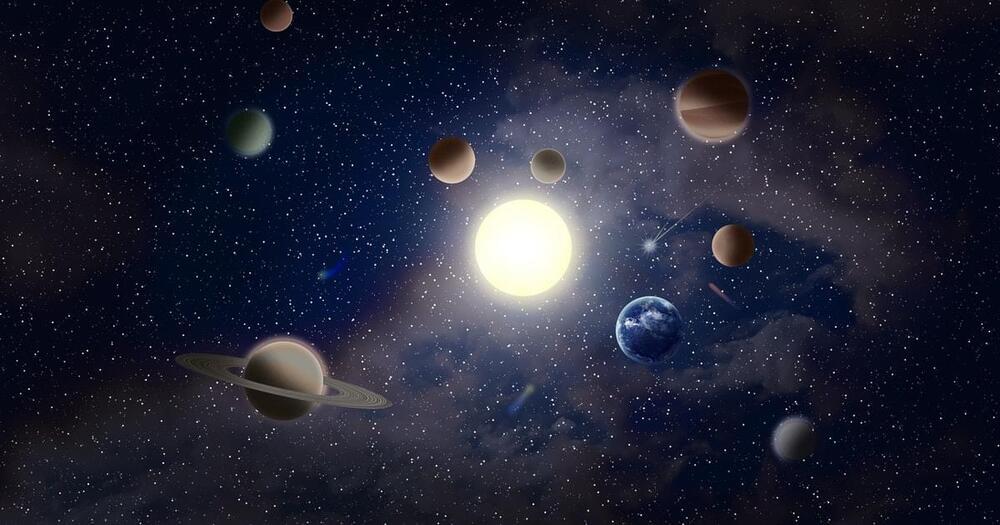

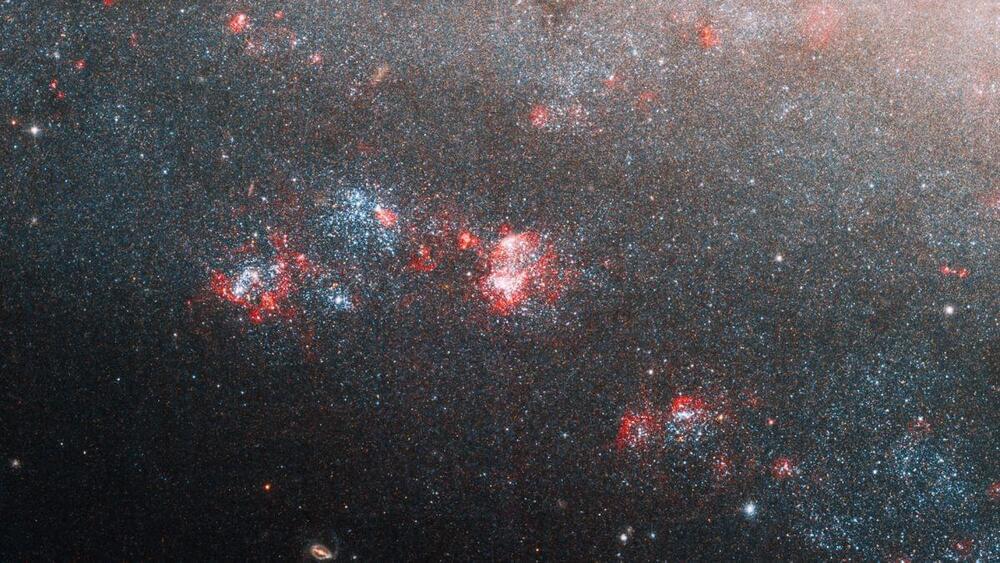

A hand-held laser pointer produces no noticeable recoil forces when it is “fired” — even though it emits a directed stream of light particles. The reason for this is simply because of its relatively enormous mass compared to the very tiny recoil impulses that the light particles cause when they leave the laser pointer.
However, it has long been clear that optical recoil forces can indeed have a significant effect on correspondingly small particles. For example, the tails of comets point away from the Sun partly due to light pressure. The propulsion of light spacecraft via light sails has also been discussed repeatedly, most recently in connection with the “starshot” project, in which a fleet of miniature spacecraft is to be sent to Alpha Centauri.
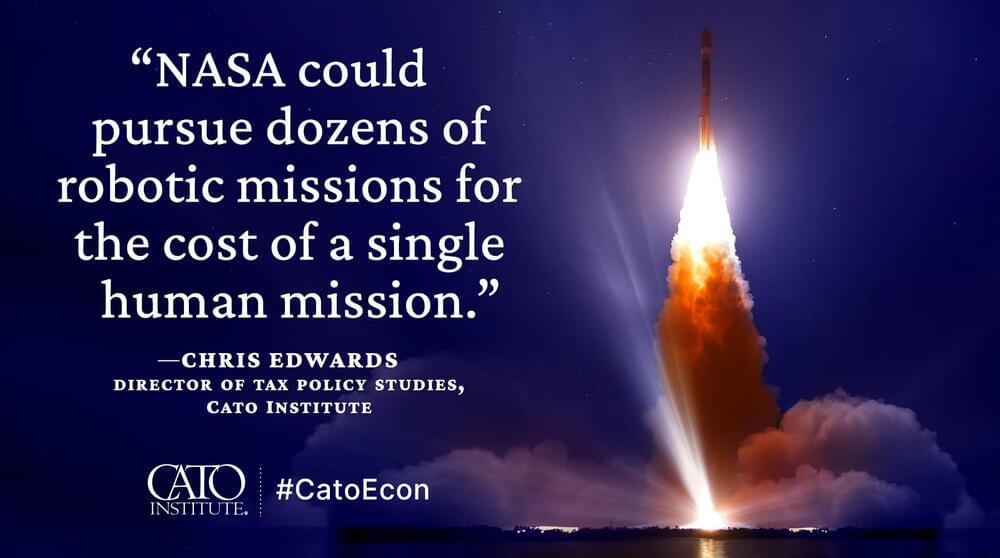
Should we send robots on space missions instead of humans?
The cost differences are huge. In fact, NASA could pursue dozens of robotic missions for the cost of a single human mission. Also worth considering–wealthy entrepreneurs have made great advances recently with private space efforts.
Given the large ambitions for private human space flight, isn’t it time to phase out NASA’s human missions? The private sector has gained ground, and so the government should yield.
The private sector has shown that it can do space flights far cheaper than NASA’s cost overruns are infamous. The cost of building the International Space Station, for example, ballooned from $17 billion to $74 billion.
Given the need to reduce large budget deficits, most federal agencies should be cut. For NASA, policymakers should consider phasing out the human missions and narrowing the agency’s focus to more efficient robotic missions.
Join the conversation using #CatoEcon.

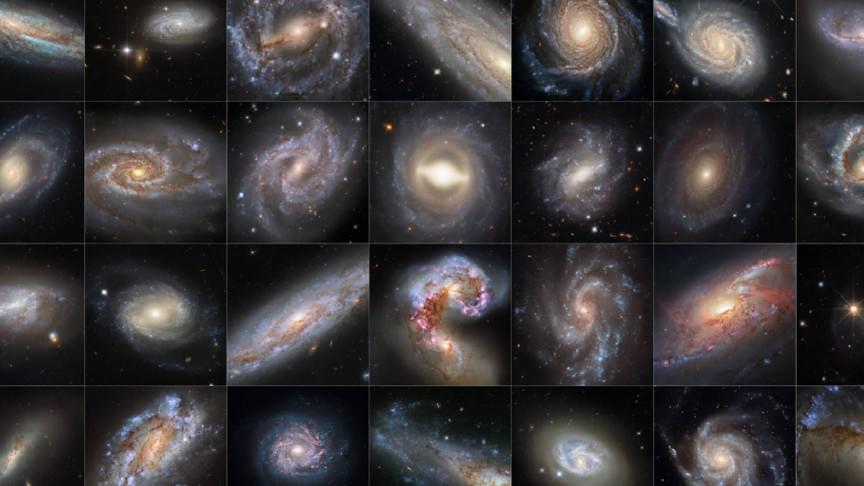


Three researchers published their findings this week in the journal Physical Review Letters and say their hypothesis is based on problems with the Hubble Constant, the rate at which the universe expands. Yesterday’s SciTechDaily report on the study says predictions for that constant are a lot slower than what we’ve measured in reality, and scientists are trying to figure out what’s causing the discrepancy. They say the cause could be a mirror world we can’t yet see.
“This might provide a way to understand why there appears to be a discrepancy between different measurements of the Universe’s expansion rate,” researchers said in a statement about their findings.
Scientists have long built models of the cosmos. Now the task is to create one that doesn’t violate any of the rules cosmological rules we’ve learned so far. The researchers say that if the universe is somehow exploiting what we know about its physics and symmetry there could be an invisible mirror world very similar to ours but invisible except through gravitational impact on our world.
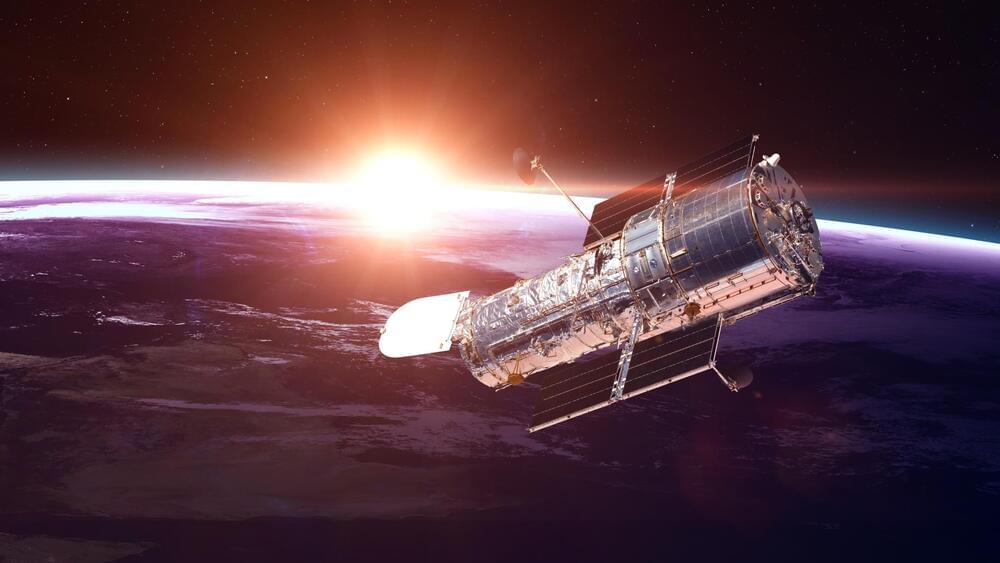
China’s first large space telescope could launch as soon as 2023. The new telescope will be called the Chinese Space Station Telescope. It will be roughly comparable to NASA’s long-standing Hubble Space Telescope, though its field of view will be somewhat larger.
China has been making big moves when it comes to space exploration. In 2021, the nation placed the first components of its new space station in orbit. Then, earlier this year, it shared plans to build an asteroid monitoring system. Now, it wants to put a telescope in space.